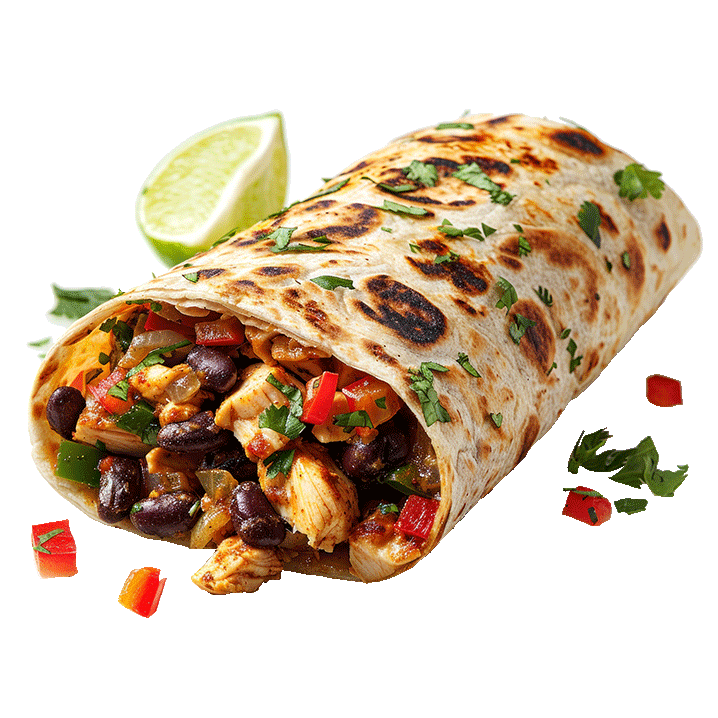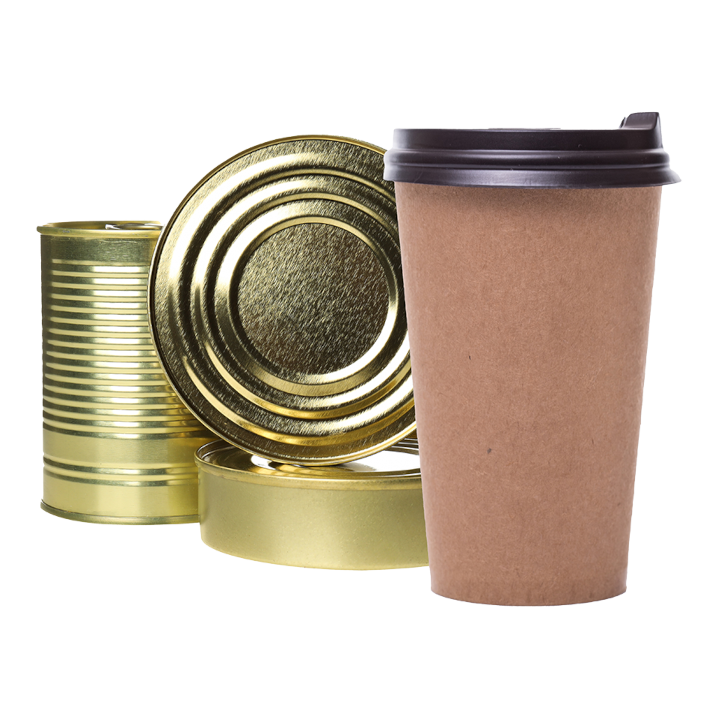Bioeconomy in a Shifting Global Landscape
At the 13th International Bioeconomy Conference in Halle, the spotlight was on the role of the bioeconomy in a world shaped by overlapping crises and evolving geopolitical priorities. In a global economy that is increasingly fragile, companies are under pressure to future-proof their operations - while also confronting the complexities of transitioning away from fossil-based systems.
GEA opens pilot plant in the USA
With the opening of a new technology centre in the US state of Wisconsin, Düsseldorf-based plant manufacturer GEA is taking a further step towards advancing food innovations based on alternative proteins.
Agroforestry stabilises yields
A long-term study by the University of Hohenheim in Stuttgart shows that agroforestry makes agricultural systems in temperate climate zones more resilient to climate risks. It therefore represents a resilient and sustainable alternative to conventional agriculture in Europe.
Seed funding for SenseUP's biopesticides
The Cologne-based start-up SenseUP has concluded seed financing totalling 2.4 million euros. It will use the capital to drive forward its research activities in order to bring new biopesticides to market maturity.
GFI reports: Record investment in alternative proteins
Investment in the production of alternative proteins reached a new high in Germany last year. This is confirmed by the State of the Industry Reports of the Good Food Institute (GFI) Europe.





















